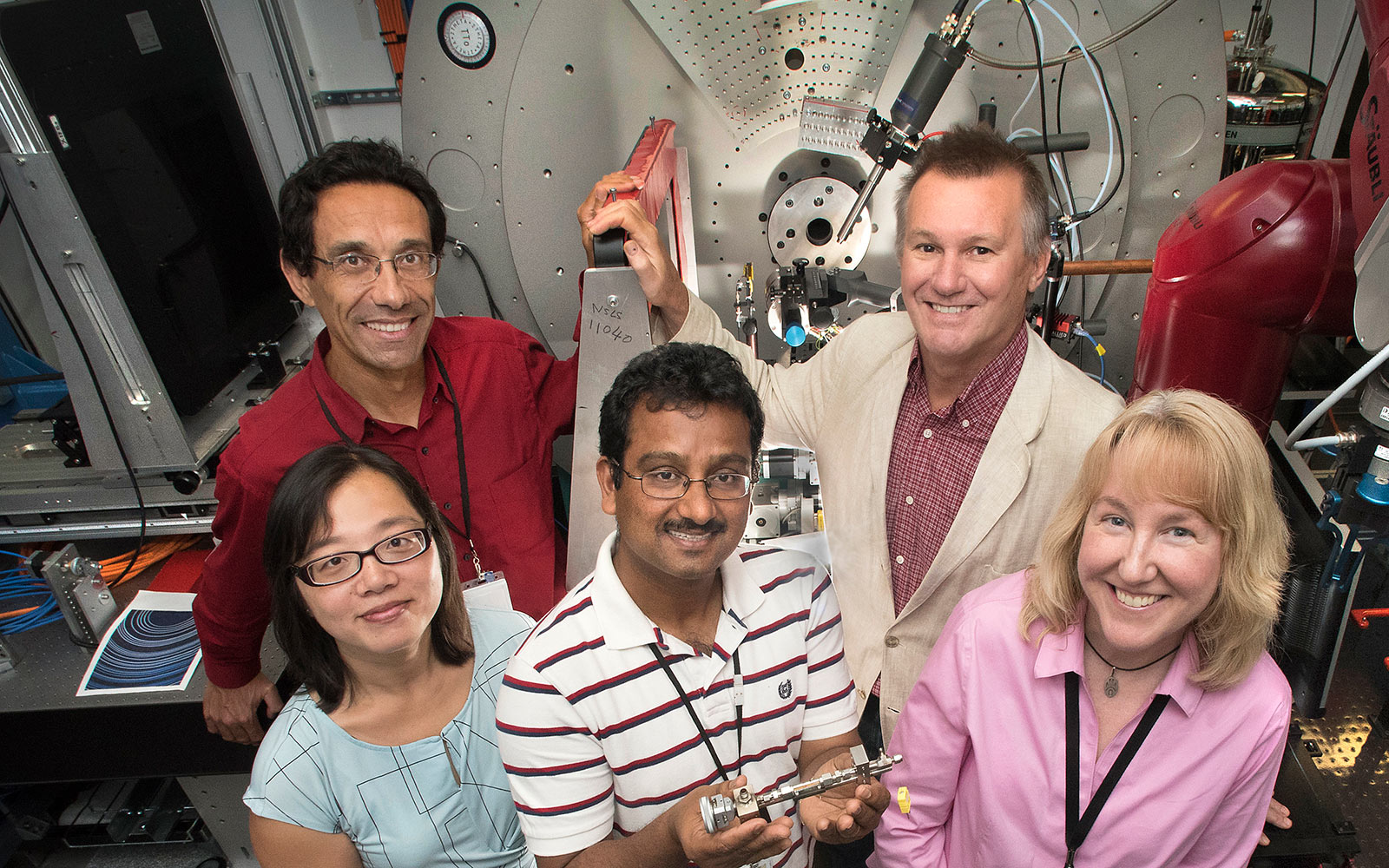Investigating Metal-Organic Frameworks as Clean-Up Agents for Nuclear Waste
One of the most versatile and widely applicable classes of materials being studied today are the metal-organic frameworks. These materials, known as MOFs, are characterized by metal ions or metal-ion clusters that are linked together with organic molecules, forming ordered crystal structures that contain tiny cage-like pores with diameters of two nanometers or less.
“Only a handful of noble-gas-specific MOFs have been studied so far, and we felt there was certainly scope for improvement through the discovery of more selective materials,”
MOFs can be thought of as highly specialized and customizable sieves. By designing them with pores of a certain size, shape, and chemical composition, researchers can tailor them for specific purposes. A few of the many, many possible applications for MOFs are storing hydrogen in fuel cells, capturing environmental contaminants, or temporarily housing catalytic agents for chemical reactions.
At Brookhaven National Laboratory, physicist Sanjit Ghose and his collaborators have been studying MOFs designed for use in the separation of waste from nuclear reactors, which results from the reprocessing of nuclear fuel rods. He is targeting two waste products in particular: the noble gases xenon (Xe) and krypton (Kr).
There are compelling economic and environmental reasons to separate Xe and Kr from the nuclear waste stream.
For the full story, please click here.
